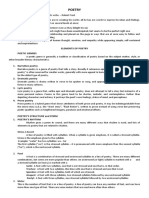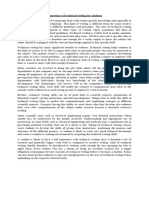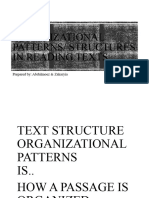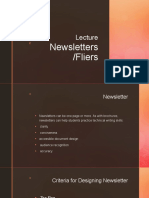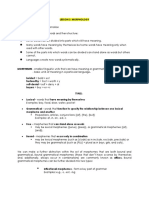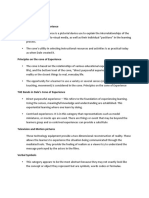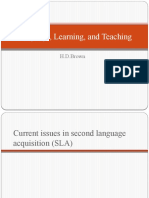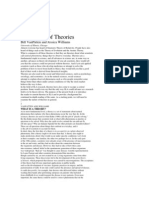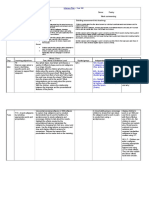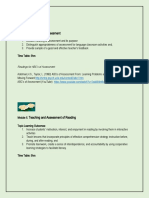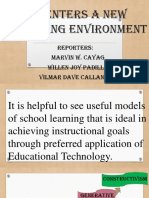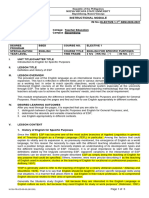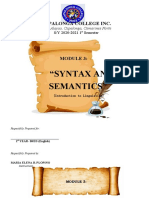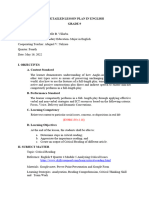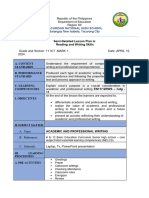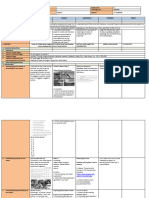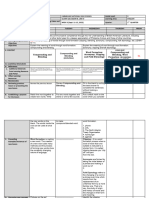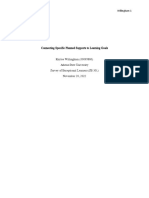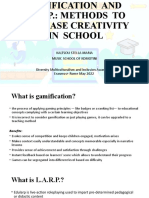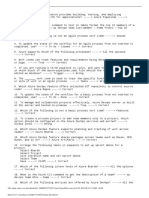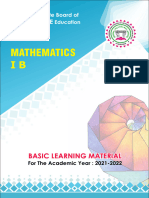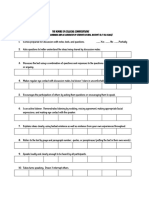0% found this document useful (0 votes)
83 views8 pagesProblem Solution Expository Text
The document outlines a detailed lesson plan for teaching English 7 students about problem-solution expository texts. It includes objectives, subject matter, lesson procedures, and activities to engage students in understanding the structure and importance of problem-solving. The lesson also features group work, evaluations, and an assignment to reinforce learning.
Uploaded by
glenn salvador iv limCopyright
© © All Rights Reserved
We take content rights seriously. If you suspect this is your content, claim it here.
Available Formats
Download as DOCX, PDF, TXT or read online on Scribd
0% found this document useful (0 votes)
83 views8 pagesProblem Solution Expository Text
The document outlines a detailed lesson plan for teaching English 7 students about problem-solution expository texts. It includes objectives, subject matter, lesson procedures, and activities to engage students in understanding the structure and importance of problem-solving. The lesson also features group work, evaluations, and an assignment to reinforce learning.
Uploaded by
glenn salvador iv limCopyright
© © All Rights Reserved
We take content rights seriously. If you suspect this is your content, claim it here.
Available Formats
Download as DOCX, PDF, TXT or read online on Scribd
/ 8









